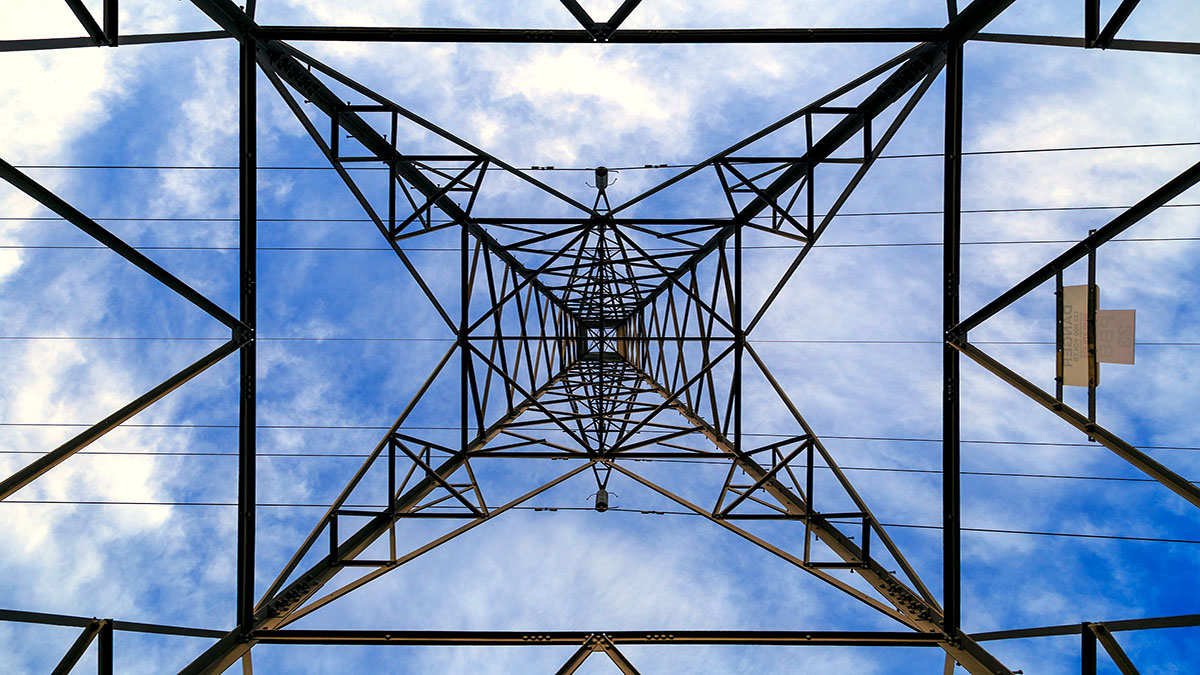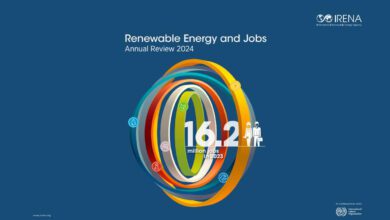Minister of Petroleum & Natural Gas Dharmendra Pradhan said that on the energy front, we are developing a clear roadmap of Aatma Nirbhar Urja for Aatma Nirbhar Bharat. Addressing the ASSOCHAM Foundation Week 2020 today on “Energy Transition to Fuel India’s Growth Path”, he invited India Inc. to join the Atmanirbhar Bharat Urja initiatives and said that we have to ensure energy justice and end energy poverty in the country. This means more energy to improve the lives of Indians with a smaller carbon foot-print. Our energy sector will be growth-centric, industry friendly and environment conscious. The energy sector will continue to play a pivotal role in our national development and in realization of the 5 trillion-dollar economy.
The minister said that at the core of the Government’s efforts is to achieve a growth path that is sustainable, keeping in view our national priorities and resources. Speaking at the Climate Ambition Summit last week, Prime Minister Narendra Modi announced that Centennial India in 2047 will not only meet its own targets, but will also exceed your expectations.
There is an all-of-the Government approach to realize the energy transition road map. “We have already initiated reforms to transform India from being just a passive market to an active manufacturing hub at the heart of global value chains. We are partnering with the industry and other stakeholders in realizing this vision”, he added.
India is now among the fastest growing large economies of the world with a strong determination to end poverty, including energy poverty, in the country. This demands rapid expansion of energy consumption & energy security. During the last six years, India’s energy landscape has undergone a transformational change. India is now the third largest energy consumer in the world after US and China.
The Minister said that the energy transition road map of India has been outlined by Prime Minister Narendra Modi, who has defined seven key drivers: Accelerating efforts to move towards a gas-based economy, Cleaner use of Fossil Fuels, Particularly Petroleum & Coal, Greater reliance on domestic sources to drive biofuels, Achieving renewables target of 450 GW by 2030, Increasing contribution of electricity to de-carbonize mobility, Moving into emerging fuels including hydrogen; and digital innovation across all energy systems.
There are enormous opportunities in the energy sector and there is a lot more that the Indian industry needs to embrace as partners in progress. He talked about a paradigm shift in the philosophy of the Government from revenue generation to production maximization to enhance the domestic production of crude oil and natural gas. Several policy initiatives have been taken and reforms initiated, including facilitating the ease-of-business for the Exploration & Production sector. “We now allow 100% FDI in exploration and production projects and also permit 49% FDI in public sector refining under the automatic route. We have created a friendly tax regime for Sovereign Wealth and Pension Funds. These reforms are translating into increased FDI flow in the sector.”
Dharmendra Pradhan said that we are ushering a gas-based economy by increasing the share of natural gas in India’s primary energy mix from 6.2% to 15 % by year 2030. PM has announced last year the target of ‘One Nation One Gas Grid’. India is set to expand the natural gas grid to 34,500 km, by adding another 17,000 km of gas pipeline. “Our regasification capacity of existing 42 MMTPA will be expanded to 61 MMTPA by year 2022. Natural gas marketing reforms have been announced to prescribe standard procedure to discover market price across various contractual regimes through a transparent and competitive manner. Also, we have rationalized tariff to make natural gas affordable in every part of the country.”
India is adopting clean mobility solutions, with greater use of LNG as a transportation fuel including long haul trucking. On the investments front, India have envisaged to spend $60 billion in creating gas infrastructure till 2024, including for pipelines, LNG terminals and CGD networks.
Pradhan said that the Government has embarked on a massive programme on alternative fuels for enhancing India’s energy sustainability. “We are tapping into huge biomass potential through National Biofuels Policy. lndia’s Oil Marketing Companies are ahead of the curve having already committed to set up twelve 2G bio-refineries and ethanol blended petrol. We are boosting rural economy by waste to wealth generation, under the Sustainable Alternative Towards Affordable Transportation (SATAT) initiatives. We are setting up of 5000 CBG plants by 2023-24 with production target of 15 MMT with an investment of about US $ 20 billion. Our Government is also giving a push to adopt hydrogen fuel mix. Major oil and gas companies have taken a lead by promoting International Solar Alliance in addition to installing renewable energy capacities through independent efforts.”












